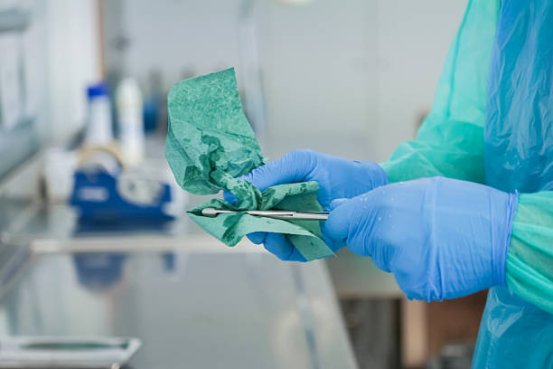Cleanroom services are crucial for industries where even minor contamination can affect operations, from electronics to pharmaceuticals, ensuring consistent quality and controlled environments.

Overview of Cleanroom Services
Cleanroom services involve specialized methods designed to maintain environments with minimal airborne particles and contaminants. These services are vital in industries where cleanliness impacts quality and safety, such as semiconductor manufacturing, pharmaceutical production, and aerospace assembly. The aim is to uphold contamination control standards at every operational stage.
Technicians employ advanced cleaning techniques, precise chemicals, and specialized equipment to maintain required purity levels. Environmental controls and air filtration systems complement surface cleaning to minimize particle presence effectively.
Importance of Cleanroom Standards
Strict cleanroom standards are essential. Microscopic particles can disrupt sensitive manufacturing processes, causing defects or operational failures. In biotech and life sciences, controlling contamination ensures product safety and efficacy. Controlled environments also prevent cross-contamination, maintain regulatory compliance, and uphold product reliability, protecting an organization’s reputation.
Types of Cleanrooms
Cleanrooms are categorized by maximum allowable particulate concentrations per cubic meter, from ISO 1 (highest cleanliness) to ISO 9. Each category requires specific air handling, gowning procedures, cleaning protocols, and maintenance routines.
Specialized cleanrooms include:
-
Semiconductor cleanrooms for precise hardware assembly.
-
Pharmaceutical cleanrooms for sterile production processes.
-
Aerospace and defense cleanrooms for meticulous assembly with minimal particulate interference.
Key Components of Cleanroom Operation
Effective operation depends on HEPA filters, advanced air-handling systems that control temperature, humidity, and pressure, and meticulous surface cleaning. Scheduled cleaning cycles, routine maintenance, and continuous environmental monitoring preserve cleanroom integrity. Particle counters and airflow sensors provide accurate, real-time data for prompt corrective measures.
Cleaning Procedures and Techniques
Cleaning is performed according to structured protocols, including dusting and wet wiping with residue-minimizing solutions. Appropriate cleaning agents, ionized water, or antimicrobial compounds are selected based on surfaces and environmental requirements. Disposable materials prevent cross-contamination, and manual or automated systems ensure thorough coverage of critical areas, reducing contamination risks.
Personnel Training and Safety
Technicians receive thorough training in contamination control, chemical handling, and PPE usage. Standard operating procedures cover entry, exit, gowning, and tool handling. Safety measures address chemical exposure, ventilation, and protective equipment, with regular retraining and certification maintaining efficiency.
Industry Applications
Cleanroom services are essential across microelectronics, semiconductor production, biotechnology, pharmaceuticals, medical devices, aerospace, defense, and R&D laboratories, ensuring uncontaminated experiments and reproducible results.
Advancements in Cleanroom Technology
Technological innovations are enhancing cleanroom services. ULPA filters achieve superior air purity beyond HEPA standards, IoT sensors allow real-time monitoring, and robotic cleaning systems increase precision while reducing human intervention. New materials resist bacterial adhesion and simplify maintenance, extending intervals between deep cleans while maintaining standards.
Compliance and Certification
Compliance with ISO standards, internal audits, and third-party certification ensures consistent performance. Comprehensive documentation of cleaning cycles, monitoring, and personnel training supports regulatory adherence and prevents costly penalties.
Future Outlook and Considerations
The cleanroom sector continues to advance with technology, novel materials, and stricter contamination requirements. Sustainability is influencing practices through eco-friendly cleaning agents and energy-efficient systems. Future trends may include automation, advanced monitoring, and AI-driven predictive contamination control.
Conclusion
Cleanroom services are vital for high-tech industries that require controlled environments. Through rigorous protocols, innovative technology, and adherence to international standards, these services guarantee operational excellence, product quality, and reliable research outcomes.
